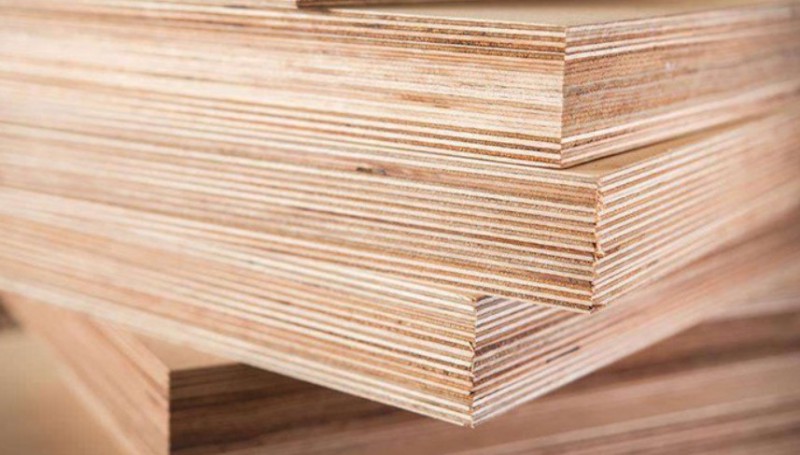
ADTO News
What is LVD Plywood?
LVD, or Laminated Veneer Density, refers to the structural composition of normal plywood. In normal plywood, adjacent veneers are arranged perpendicular to each other, providing increased stability compared to solid timber. While some people may use the term LVD plywood, it is important to understand that this is not a widely recognized industry term, and normal plywood with perpendicular veneers is typically referred to as common plywood.

MAIN APPLICATIONS
With its outstanding features such as good bearing capacity and high stability, LVD plywood is commonly used in the manufacturing of flat furniture products. This can include tables, chairs, cabinets, and other furniture pieces where strength and stability are essential.
In summary, LVL, LVB, and LVD are terms related to different wood-based materials. LVL is a well-known engineered wood product made by layering veneers in a specific orientation, offering superior strength and stability. LVB pertains to core structures within wood-based panels that are not specifically LVL or normal plywood. However, it is not a widely used industry term. Lastly, LVD, although occasionally mentioned, is not a commonly recognized term and is often used interchangeably with normal plywood.
Understanding these differences can help you better navigate the world of wood-based materials and make informed decisions for your woodworking projects. Whether you’re constructing door frames, beams, or furniture, selecting the right material is crucial for achieving optimal results.


 Live Chat
Live Chat
